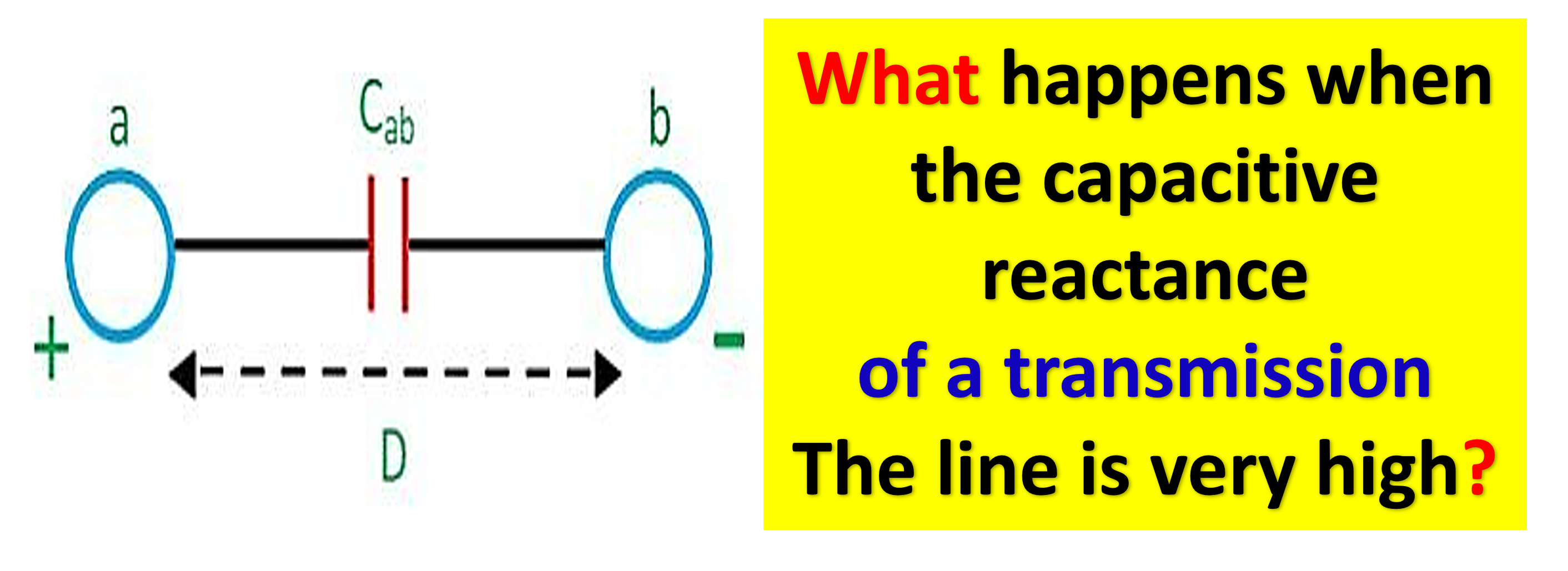Capacitive reactance is a measure of the opposition to the flow of AC (alternating current) in a circuit due to the presence of capacitance. In a transmission line, capacitance is introduced by the physical spacing between the conductors. When the capacitive reactance of a transmission line is very high, it means that there is a lot of resistance to the flow of AC along the line.
This can cause a number of problems. First, it can cause the transmission line to lose more power due to the increased resistance. This is because the AC current has to work harder to flow through the transmission line, causing more losses along the way.
Second, the high capacitive reactance can cause the voltage at the receiving end of the transmission line to be higher than the voltage at the sending end. This is known as the Ferranti effect. When the voltage at the receiving end is higher than the voltage at the sending end, it can cause problems with the operation of devices connected to the transmission line, as they may not be designed to handle such high voltages.
In general, it is important to keep the capacitive reactance of a transmission line as low as possible in order to minimize losses and ensure stable voltage levels. This can be done by properly designing and constructing the transmission line, as well as by properly maintaining it over time.
The Ferranti effect is a phenomenon that occurs in long transmission lines where the capacitive reactance is high. When capacitive reactance is high, more charging current flows through the line, which increases losses. Due to the capacitive effect, the receiving end voltage is higher than the sending end voltage, and the voltage distribution becomes unequal.
The Ferranti effect is named after the British engineer and inventor, Lord Ferranti, who first described it in the late 19th century. It is caused by the combination of the line's capacitance and the current flowing through it. As the transmission line is a long cable, it is composed of many small capacitors (the insulation between the conductors) that store electrical energy. As the current flows through the line, these capacitors charge and discharge, which results in additional current flowing through the line.
The effect of this additional current is that the voltage at the receiving end of the line is higher than the voltage at the sending end. This can be detrimental to the system because it can cause overloading of equipment at the receiving end and can also result in voltage regulation problems. To mitigate this effect, the line's capacitance must be reduced or compensated for by adding capacitors at the receiving end.

